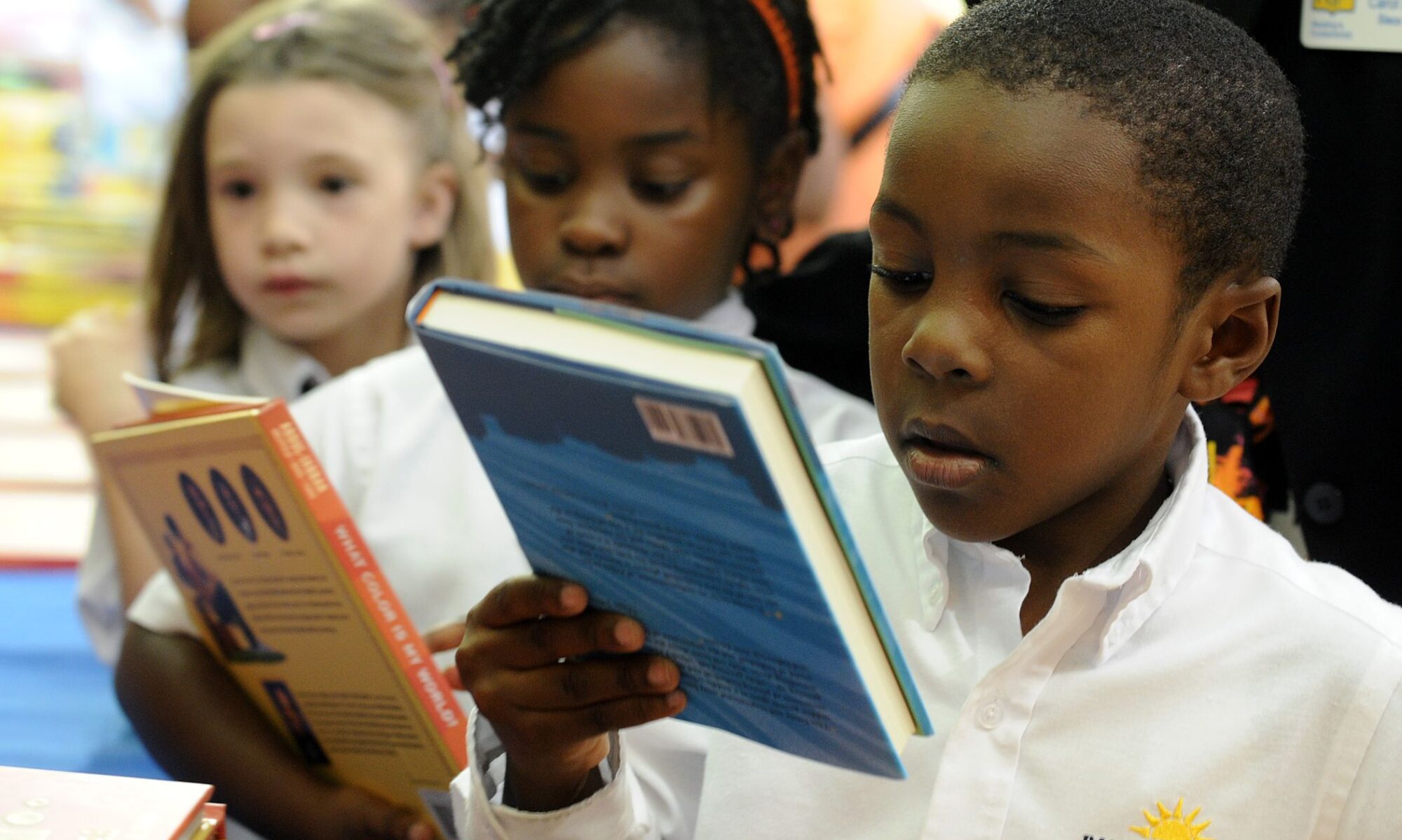Background

Table of Contents
Hartford Demographics
Afterschool Activities
Cultural Responsiveness
Hartford Demographics
Racial Makeup
The Boys & Girls Club of Hartford (BGCH) is located within the geographically small, yet culturally expansive city of Hartford, Connecticut. Yet, despite the wealth of cultures, races, and ethnicities that exist within the city, they remain relatively segregated along historical barriers. Generally, those in the North End of Hartford (Asylum Hill, JDL Northwest, and West Middle Community School) identify as Black or African American whereas those in the South End of the city (Trinity College, Southwest, Bellizzi School, and South End) identify as Hispanic or Latino.
This said, the BGCH is situated in a considerably cosmopolitan city, famous not only for its insurance but also its diversity; both those native to the city and those traveling through are observant of how welcoming different cultural and ethnic communities are with each other, fostering a diverse and cohesive environment.
Below is an interactive map depicting the city of Hartford’s racial makeup overlaid with the BGCH sites.
Why is understanding Hartford’s racial demographics important?
Many of the BGCH’s cultural activities focus on specific racial or ethnic identities (ie. Hispanic History Month, Black History Month, Indigenous People’s Day). Because of this, it is important that the cultural curriculum is reflective of the communities the BGCH sites are embedded within. Since the BGCH has an especially large Hispanic/Latine and Black population, it is especially important that the cultural curriculum includes a comprehensive list of affirming activities within these areas.
Map of Hartford by racial identity, with an overlay of BGCH sites
Click here to view the map on Social Explorer.
Legend: Red represents a high Black population, Yellow represents a high Hispanic/Latine population, Blue represents a high white population
Source: Social Explorer, American Community Survey Data (5-year), Race
Financial Makeup
While the entire city of Hartford is often written off as economically distressed, the city is not a monolith and has socioeconomic diversity.
Some of the most marginalized sections of the Hartford community can be found in the northeast section of the city (Asylum Hill) whereas some concentrations of wealth can be found downtown as well as in the West End (Trinity College and West Middle Community School).
Why is understanding Hartford’s economic demographics important?
The vast majority of youth participants in the Boys & Girls Club of Hartford programming are low-income (Annual Report 2021). Low economic status families may be particularly vulnerable to reduced parent engagement due to long work hours or simply the exhaustion of living on (or past) the brink of poverty (Lee et al. 2006). Therefore, understanding the socioeconomic dynamics of Hartford may be critical in executing targeted parent engagement, which is one key component of culturally responsive after school activities, according to our literature review.
Below is an interactive map depicting the city of Hartford’s financial makeup overlaid with the BGCH sites.
Map of Hartford by Economic Status, with an Overlay of BGCH Sites
Click here to view the map on Social Explorer.
Legend: Darker orange represents a higher concentration of households making under $75,000 a year
Source: Social Explorer, American Community Survey Data (5-year), Median Annual Household Income
Afterschool activities
- As of 2020, there were over 99,700 students enrolled in Connecticut afterschool programming (This Is Afterschool).
- These afterschool programs are not only critical to the success of youth, but to their guardians as well: 70% of Connecticut parents report that knowing that their child is in afterschool programs gives them peace of mind and 74% of Connecticut parents report that after school programs help them stay at their job (This Is Afterschool).
- Unfortunately, however, most Connecticut students do not have the opportunity to participate in afterschool programming due to a shortage in funding (This is Afterschool).
- In 2020, for every one child enrolled in afterschool programs, there are two more students who would participate if there were enough program spaces and two thirds of after school applications do not receive sufficient funding (This Is Afterschool).
- With the passage of Connecticut HB5001 (An Act Concerning Children’s Mental Health 2022) in 2022, however, after school programs may see an increase in government funding, which could allow for an increase in student participation.
Cultural Responsiveness
Cultural responsiveness is defined as a pedagogical tool that views “cultural characteristics, experiences and and perspectives of ethnically diverse students as conduits for teaching them more effectively” (Gay 2000). While culturally responsive practices can take a wide range of forms, culturally responsive curriculums seek to weave youth’s lived cultural experiences into teaching and activities. Importantly, culturally responsive practices are explicitly asset-based and frame youth’s cultural identities as sources of rich knowledge (Gay 2020). For more information on cultural responsiveness, click here to view our Literature Review.
